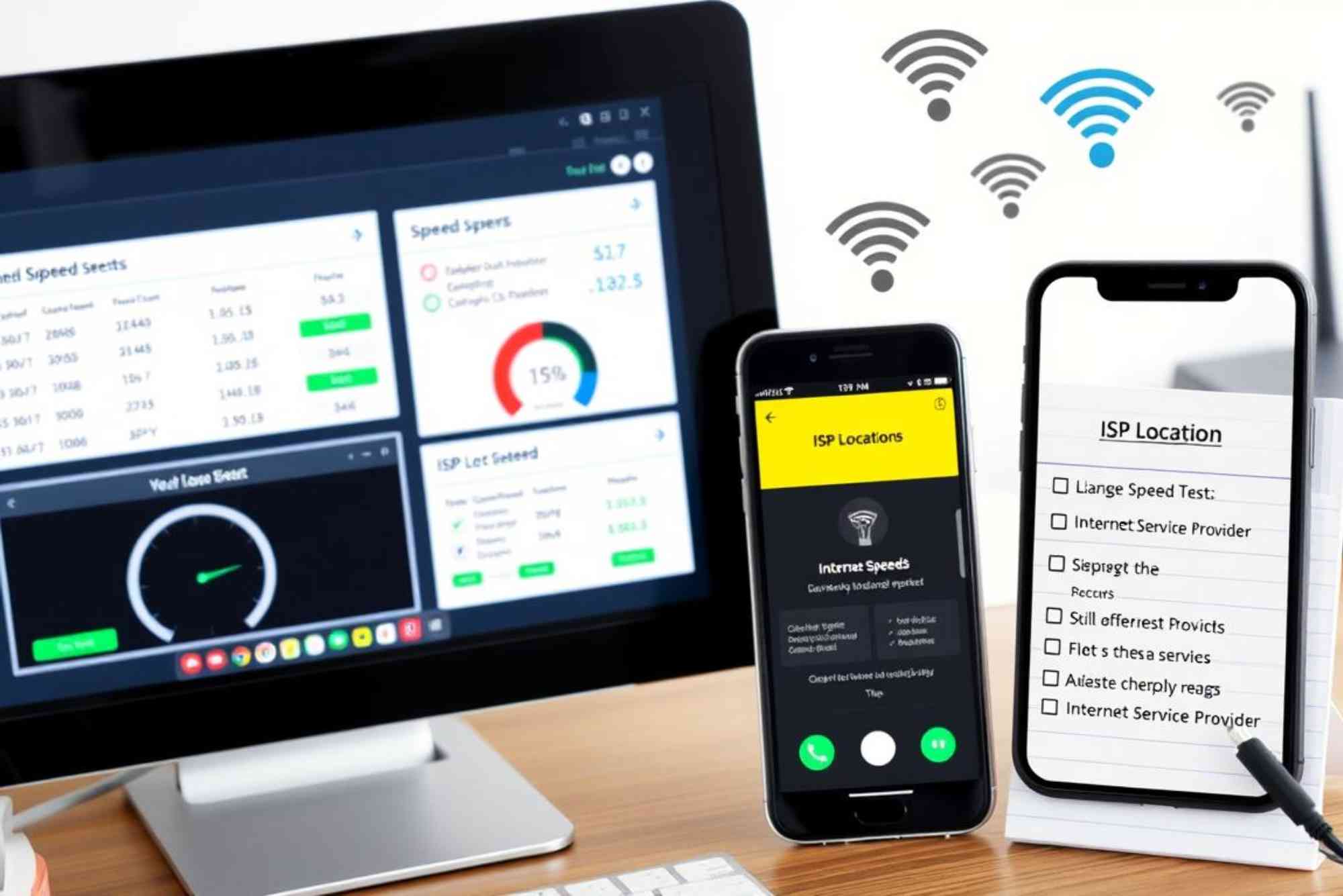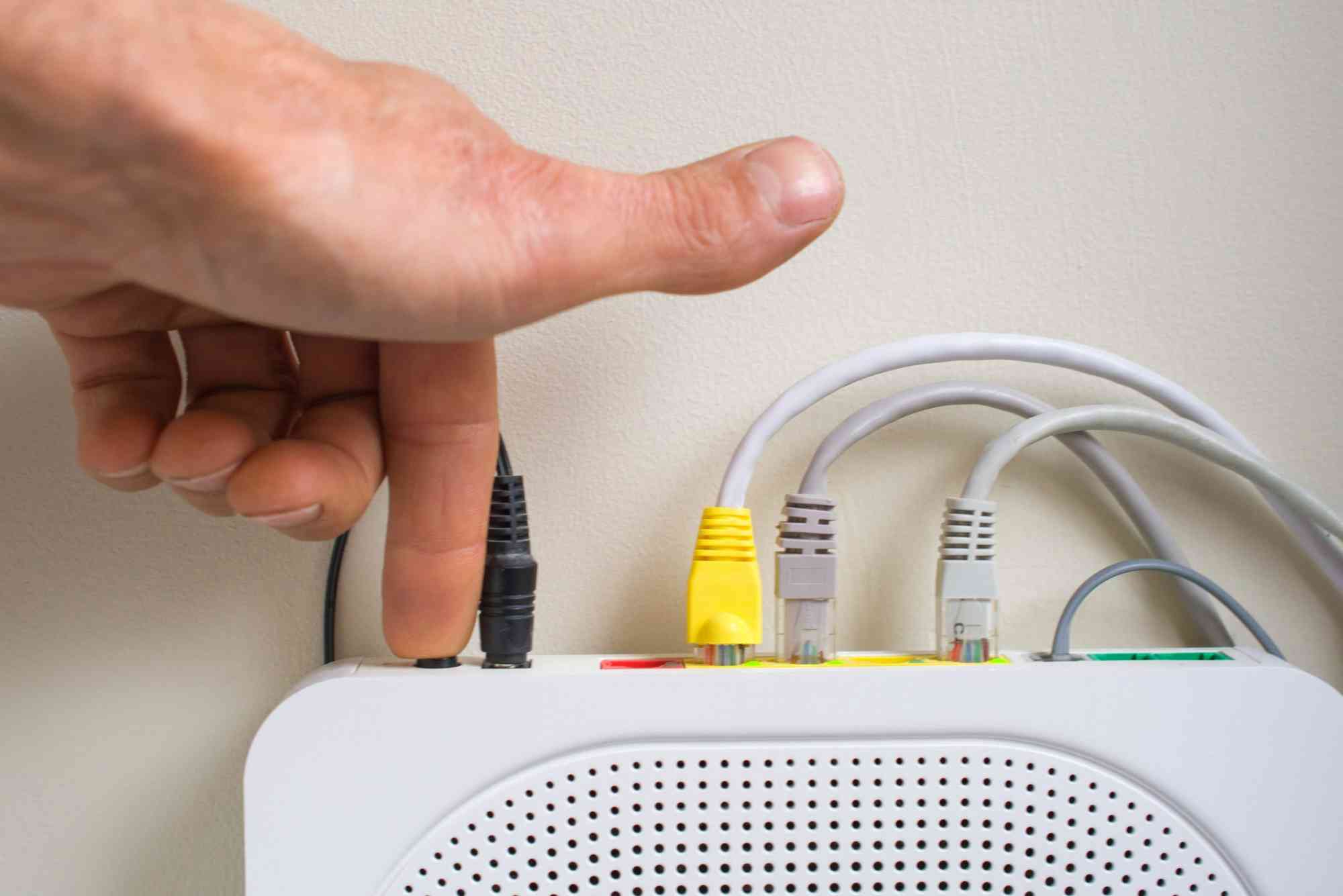Introduction
The internet has become a basic necessity in our daily lives. From working remotely to streaming entertainment, online gaming, or simply browsing, a stable internet connection is essential. But not all internet service providers (ISPs) deliver what they promise. Many users often experience slow speeds, frequent outages, or poor customer service. This raises an important question: how to check ISP reliability before committing to a plan or when facing repeated issues?
Evaluating the performance of your ISP is not just about running a speed test. It involves understanding various factors like uptime, latency, bandwidth consistency, and support responsiveness. In this guide, we will explore practical methods to test your ISP’s performance, red flags to watch for, and how to decide if it’s time to switch providers.
Why ISP Reliability Matters
Reliability is the foundation of a good internet experience. An unreliable ISP can disrupt work, cause buffering during video calls, and lead to frustration during online activities. Imagine losing connectivity during an important presentation or while submitting an online exam. Such interruptions highlight the value of consistent service.
ISPs often market high speeds and attractive packages, but real-world performance depends on stability, low downtime, and prompt customer support. Therefore, checking reliability helps you confirm whether you are getting the value you pay for.
How to Check ISP Reliability
Measure Actual Internet Speed
The first step in evaluating your ISP is checking whether the actual speed matches the advertised package. Several free tools such as Ookla’s Speedtest, Fast.com, or Google’s speed test can help you measure download, upload, and ping. Run tests at different times of the day to see if speeds fluctuate during peak hours. Consistency is more important than maximum speed.
If your package promises 100 Mbps but your tests average 50 Mbps, this could indicate bandwidth throttling, congestion, or poor infrastructure.
Check Uptime and Downtime
Reliability is not just speed—it’s also about availability. Frequent outages mean you cannot trust the service for essential tasks. Many ISPs publish uptime statistics, but you can also monitor outages yourself. Use tools like Pingdom, UptimeRobot, or even router logs to track how often your connection goes offline.
Industry-standard uptime for reliable ISPs is above 99.9%. Anything lower could disrupt work-from-home activities or streaming.
Evaluate Latency and Jitter
Latency measures the time data takes to travel between your device and the server. For video calls, gaming, or financial trading, low latency is critical. High latency leads to lags, while jitter—unstable delays in data packets—causes distorted calls and freezing videos.
You can test latency using command prompt tools like “ping” or websites offering ping and jitter testing. A reliable ISP should deliver latency below 50 ms for most applications.
Test During Peak Usage Hours
Many ISPs oversubscribe bandwidth, meaning they sell more connections than their network can handle. This leads to congestion during evenings when most users are online. To check this, compare speed and latency tests in the morning versus peak evening hours. Large differences suggest your ISP struggles with capacity management.
Review Bandwidth Caps and Throttling
Some ISPs limit data usage through fair-use policies or throttle bandwidth after crossing a certain threshold. If you notice sudden slowdowns despite paying for unlimited internet, your ISP may be restricting speed. Read the terms of service carefully and run periodic tests to detect such practices.
Assess Customer Support Responsiveness
Even the best networks face occasional issues. What matters is how quickly the ISP resolves them. Call their support line, test live chat, and check online reviews for real user experiences. Reliable ISPs provide quick solutions, clear communication, and transparent compensation during outages.
For example, providers like Dhanote Internet Services are known for prioritizing user support alongside network stability. Choosing an ISP with strong customer service ensures peace of mind when problems arise.
Monitor Long-Term Performance
One or two tests are not enough to assess reliability. Keep logs of speed, uptime, and outages over weeks or months. This helps you identify recurring issues and provides solid evidence if you decide to complain or request compensation.
Applications like GlassWire or Net Uptime Monitor can automate this tracking, offering detailed performance reports.
Compare with Local Alternatives
Sometimes, your ISP may perform poorly compared to regional competitors. Research other providers available in your area, their uptime guarantees, and customer reviews. If another service offers better performance at a similar price, switching could improve your overall experience.
You can also explore smaller, regional ISPs that focus on customer satisfaction rather than just large-scale marketing. Exploring Dhanote Internet Services can be a good starting point if they operate in your region.
Signs Your ISP May Not Be Reliable
Not all problems stem from your router or devices. Some common signs of an unreliable ISP include:
-
Frequent disconnections or downtime.
-
Speeds significantly lower than advertised.
-
Buffering during video calls even on high-speed packages.
-
Slowdowns only during evenings or weekends.
-
Poor or unhelpful customer service.
-
Unexpected throttling despite “unlimited” plans.
If you regularly face these issues, it may be time to escalate complaints or consider switching providers.
FAQs
How do I know if my ISP is throttling my internet?
Run speed tests at different times and on different services like video streaming or file downloads. If speeds drop only on certain activities, throttling is likely.
What is a good internet speed for home use?
For basic browsing and streaming, 25 Mbps is enough. For gaming, remote work, or multiple users, 100 Mbps or higher is recommended.
How can I check if my ISP is down?
You can use websites like DownDetector, monitor your router’s connection logs, or run a ping test to confirm outages.
What’s more important: speed or reliability?
Reliability is more important. Consistent 50 Mbps service is better than a 200 Mbps plan that frequently disconnects.
Should I switch ISPs if I face frequent issues?
Yes, if complaints don’t lead to improvements and downtime affects your work or personal life, switching is the best option.
A fast internet package is meaningless without reliability. To ensure your ISP truly delivers, you need to test speed, uptime, latency, and customer service regularly. Keeping track of performance data helps you hold providers accountable and decide if a switch is necessary.
The process of how to check ISP reliability may seem technical, but with free tools and simple monitoring, anyone can do it. Don’t settle for poor service when better options exist. Explore alternatives, evaluate customer reviews, and prioritize providers that focus on both performance and support.








